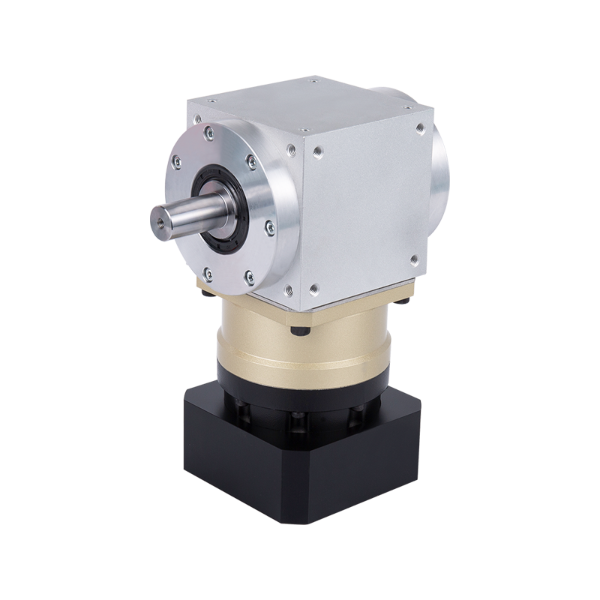Door Driving Precision Planetary Reducer
Cat:MK series planetary reducer
Industry-product lineupApplicable to: Door drive (planetary, coaxial shaft)MKB Precision Planetary Reducer is a cutting-edge mechanical device designe...
See DetailsPlanetary reducer are integral components in various machinery, playing a crucial role in torque amplification and speed reduction. Their compact design and high efficiency make them popular in industries ranging from automotive to robotics. However, like any mechanical system, they require regular maintenance to ensure long-term reliability.
Regular Lubrication
One of the most critical maintenance practices for planetary reducers is ensuring proper lubrication. Lubricants reduce friction between moving parts, which is essential for preventing wear and tear. To maintain optimal performance, it's essential to:
Use the Right Lubricant: Always refer to the manufacturer’s specifications for the type of lubricant required. Using the wrong type can lead to increased friction and overheating.
Check Lubricant Levels Regularly: Ensure that lubricant levels are sufficient. Low lubricant levels can lead to inadequate protection for the gears, resulting in premature failure.
Change Lubricants as Recommended: Over time, lubricants can degrade due to heat and contamination. Follow the manufacturer's recommendations for changing the lubricant to ensure optimal performance.

Monitoring Temperature and Vibration
Temperature and vibration levels can provide valuable insights into the health of a planetary reducer. Excessive heat or unusual vibrations can indicate underlying issues that need immediate attention.
Install Temperature Sensors: Many modern systems allow for the incorporation of temperature sensors. Monitoring the temperature can help avoid overheating, which can lead to catastrophic failure.
Conduct Vibration Analysis: Regularly perform vibration analysis to detect imbalances or misalignments. Unusual vibration patterns can be a precursor to gear failure and should be addressed promptly.
Inspecting and Replacing Worn Parts
Routine inspections are key to identifying wear and tear before they lead to major failures. Regularly check the following:
Gears and Bearings: Inspect gears for signs of pitting, scuffing, or abnormal wear. Bearings should also be checked for smooth operation and any signs of overheating.
Seals and Gaskets: Ensure that seals and gaskets are intact to prevent contamination from dirt and moisture, which can severely impact performance.
Alignment: Verify that the planetary reducer is properly aligned with the connected machinery. Misalignment can lead to uneven wear on gears and bearings.
Maintaining a planetary reducer is not just about fixing problems as they arise; it’s about proactive measures that ensure long-term reliability and performance. By focusing on regular lubrication, monitoring temperature and vibration, and inspecting components for wear, operators can significantly extend the life of their planetary reducers. Remember, a little preventive maintenance goes a long way in keeping your machinery running smoothly and efficiently! So, roll up those sleeves and give your planetary reducer the attention it deserves!